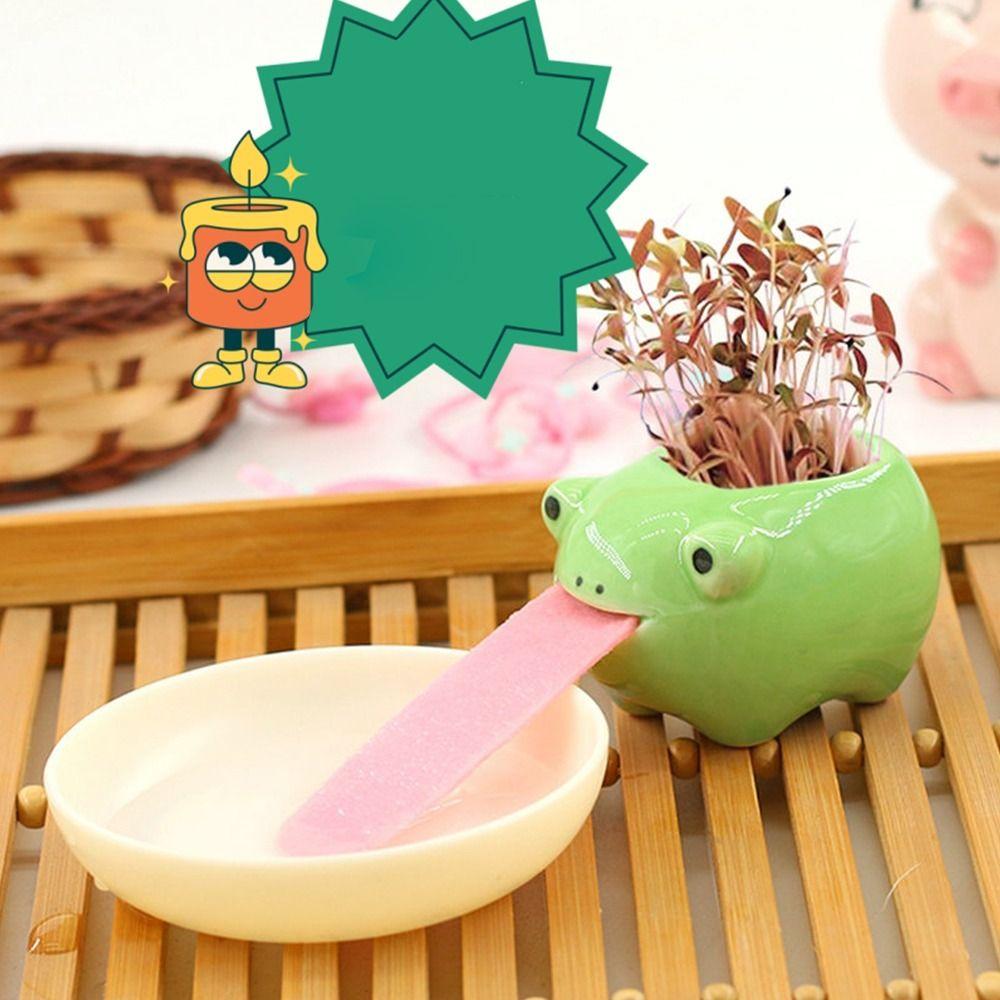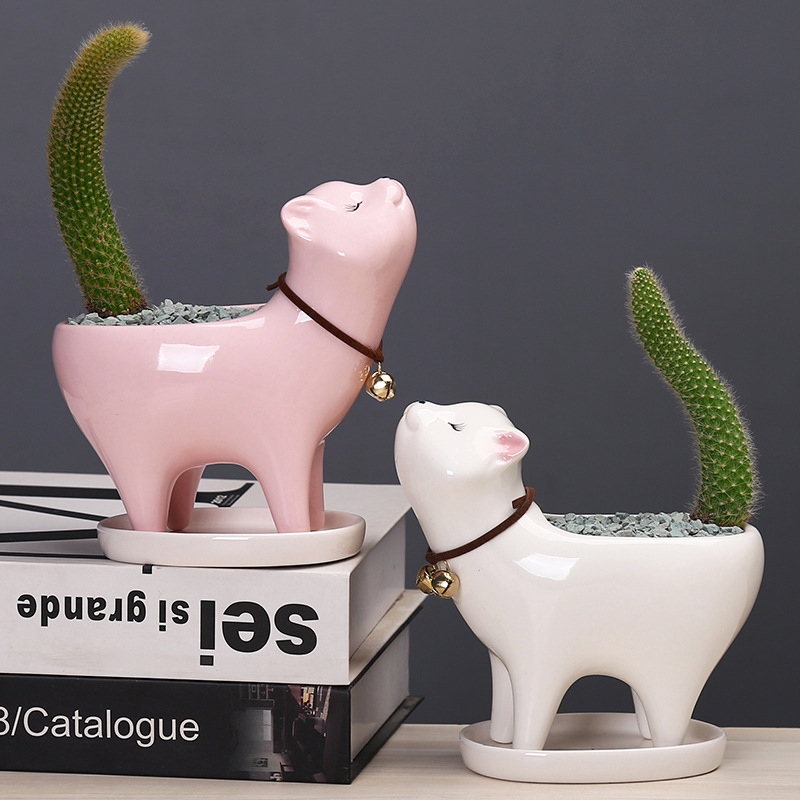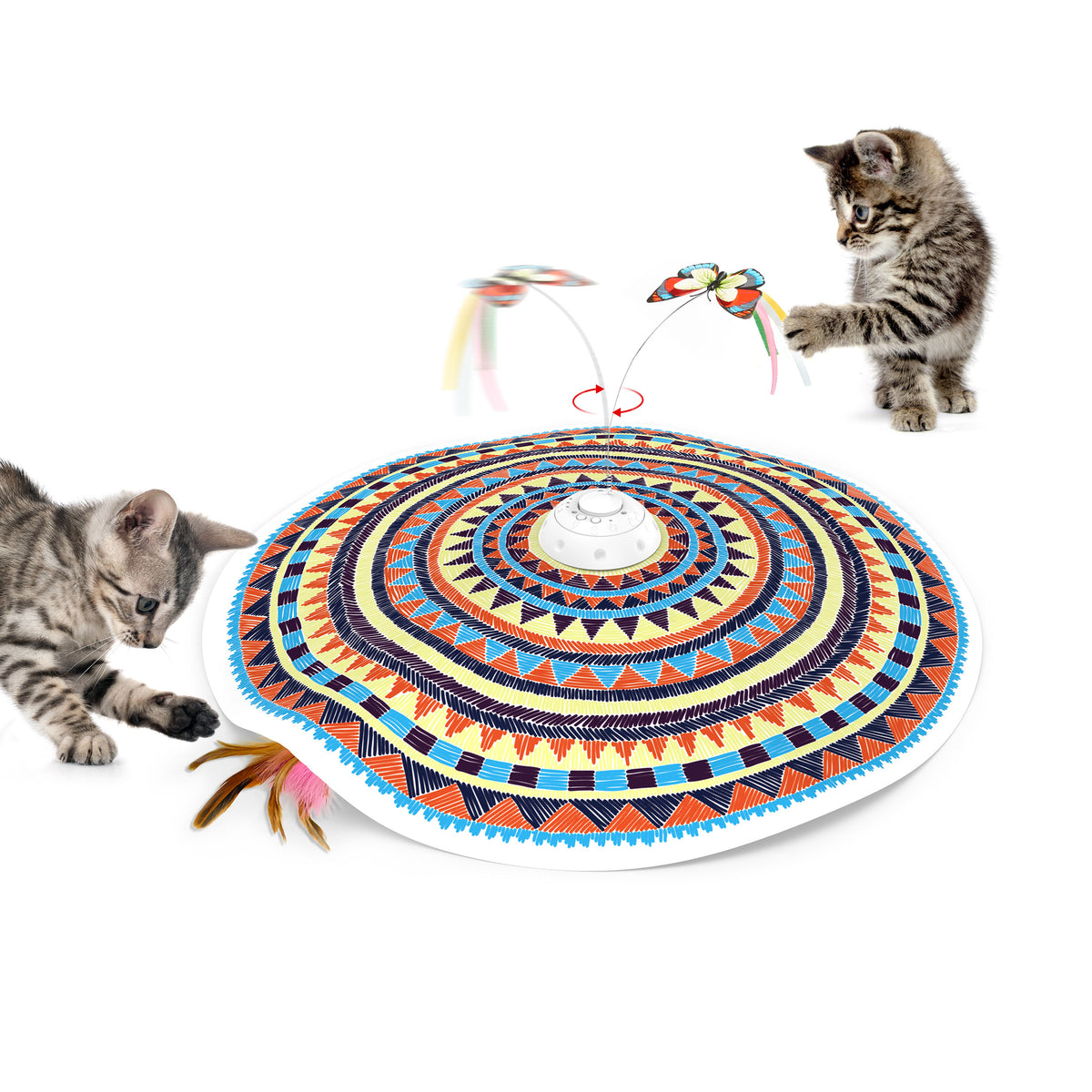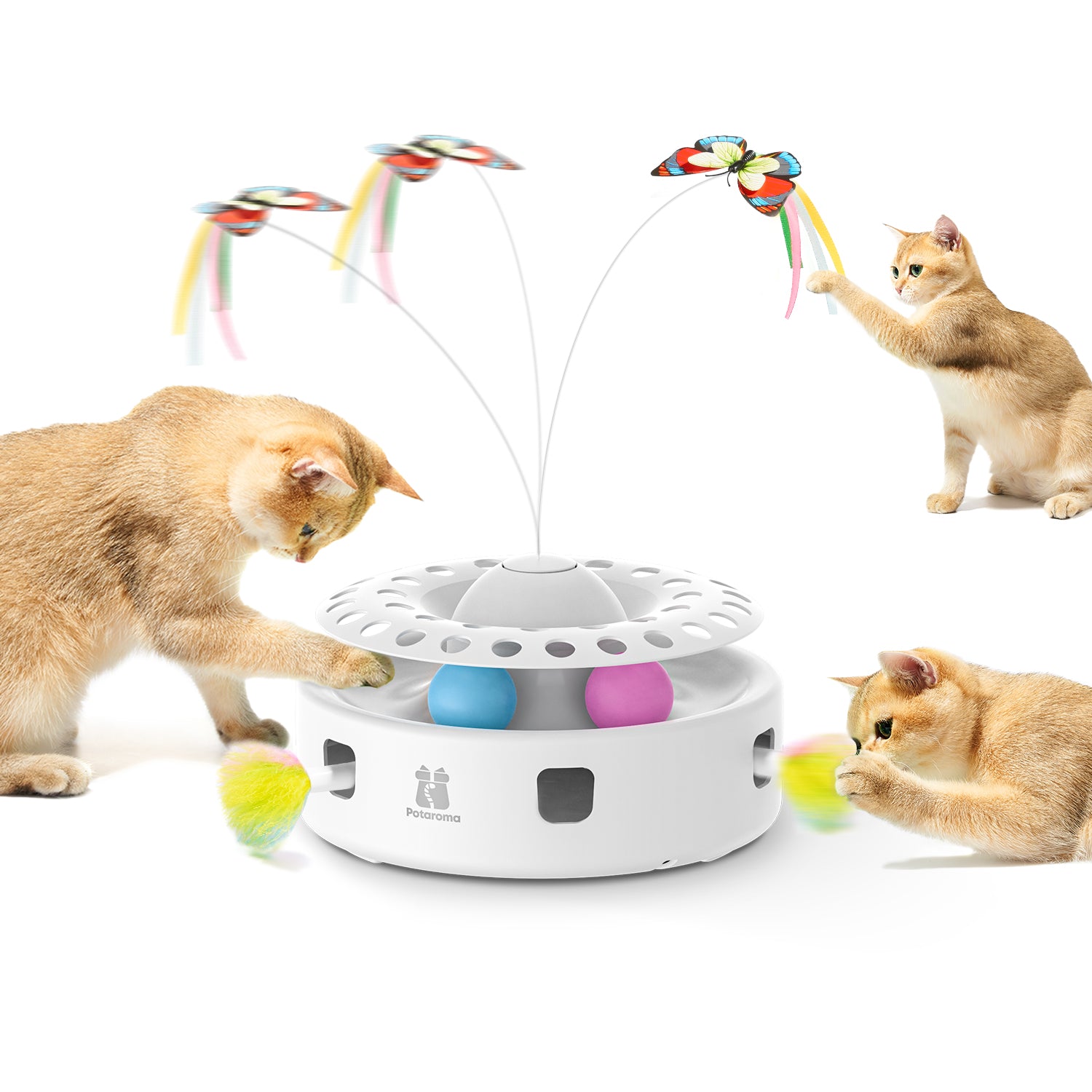Whimsical Gardens: Interactive Cat Toys Among Flower Pots
Gardens have long been a source of joy and relaxation for homeowners and nature enthusiasts alike. The vibrant colors, soothing scents, and tranquil ambiance make gardens an ideal place to unwind. However, for those who share their homes with feline friends, gardens can also become whimsical playgrounds filled with interactive cat toys cleverly integrated among flower pots. This creative approach not only adds an element of fun for our furry companions but also enhances the aesthetic appeal of the garden. In this comprehensive article, we’ll explore how to design whimsical gardens that cater to both humans and cats, transforming these outdoor spaces into interactive havens.
Creating a Cat-Friendly Garden Layout
Designing a whimsical garden that is both visually appealing and cat-friendly begins with thoughtful planning of the layout. Consider the natural behaviors and preferences of cats when arranging flower pots and selecting plant varieties. Cats love to explore, climb, and perch, so incorporating different levels and textures within the garden can keep them entertained. Raised flower beds, tiered planters, and strategically placed shelves or platforms provide opportunities for climbing and surveying their territory. Additionally, pathways meandering through the garden create intriguing routes for cats to follow, stimulating their curiosity. Thoughtfully planned layouts ensure that the garden remains a harmonious space where plants thrive, and cats are safe and engaged.
Choosing Cat-Safe Plants and Flowers
When designing a whimsical garden with interactive elements for cats, it is crucial to prioritize their safety by selecting non-toxic plants and flowers. Many common garden plants can be harmful to cats if ingested, so careful research and selection are essential. Opt for plants such as catnip, silver vine, and cat grass, which are not only safe but also highly attractive to cats. These plants offer sensory stimulation and encourage playful behaviors. Additionally, consider incorporating sturdy, non-toxic varieties like marigolds, petunias, and sunflowers, which can withstand the occasional pounce or nibble from curious felines. By choosing cat-safe plants, you create a worry-free environment where both plants and pets can coexist harmoniously.

Integrating Interactive Cat Toys
To truly transform your garden into a whimsical paradise for your cats, integrate interactive toys among the flower pots. These toys can range from simple DIY creations to elaborate store-bought options designed specifically for outdoor use. Wind chimes, hanging balls, and dangling feathers can be suspended from tree branches or garden stakes to catch the attention of curious kitties. Motion-activated toys, such as butterfly mimicry devices or laser pointers, can be strategically placed to engage cats in active play. Incorporating tunnels, hiding spots, and scratching posts made from natural materials like wood and sisal rope adds variety and enriches their outdoor experience. The key is to place these interactive toys thoughtfully so that they blend seamlessly with the garden’s aesthetic while providing endless entertainment for your feline friends.
Constructing Natural Hiding Spots
Cats instinctively seek out hiding spots where they can feel secure and observe their surroundings. Incorporating natural hiding spots within your garden design not only caters to this behavior but also enhances the whimsical charm of the space. Use large, hollow logs, dense shrubs, and strategically placed flower pots to create cozy hideaways for your cats. These spots can be embellished with lush foliage and flowering plants to maintain the garden’s visual appeal. Additionally, consider adding small, covered structures like wooden dens or wicker baskets hidden among the greenery. These nooks and crannies offer cats a sense of security and privacy, allowing them to retreat and relax in their outdoor sanctuary.

Incorporating Climbing Structures and Perches
Climbing is a natural behavior for cats, providing them with exercise and mental stimulation. To cater to this instinct, incorporate climbing structures and perches within your garden. Trellises, arbors, and pergolas adorned with climbing plants like ivy or clematis can serve dual purposes: supporting plant growth and offering vertical climbing opportunities for cats. Additionally, install sturdy shelves or platforms at varying heights on garden walls or fences. These elevated perches allow cats to survey their domain from above, satisfying their need for a vantage point. Integrating these structures into the garden’s design ensures that they enhance rather than detract from the overall aesthetic, creating a harmonious space that delights both humans and their feline companions.
Designing Water Features for Play
Water features add a soothing element to any garden, but they can also provide entertainment for cats. Designing interactive water features caters to both aesthetics and feline playfulness. Shallow fountains, bubbling rocks, or small ponds with gently moving water attract cats’ curiosity and provide opportunities for them to bat and splash. Ensure that these water features are shallow and accessible, minimizing any risk of accidents. Positioning these features near seating areas allows you to enjoy the calming sound of water while watching your cats engage in playful antics. By thoughtfully integrating water features, you create a multi-sensory environment that appeals to both people and pets.

Using Scent to Stimulate Cats
Cats have a highly developed sense of smell, and incorporating scent into your garden design can provide additional stimulation for them. Plant aromatic herbs like mint, basil, and lavender, which release pleasant scents when brushed against or nibbled on by curious cats. Additionally, consider using scent-infused toys or placing catnip sachets hidden among flower pots and garden beds. These olfactory stimuli encourage exploratory behavior and add an extra layer of engagement to the garden. Using scent strategically not only enriches the sensory experience for your cats but also contributes to the overall ambiance of the garden, creating a fragrant and inviting space.
Ensuring Safety and Security
While designing a whimsical garden for your cats, their safety should remain a top priority. Ensure that the garden area is securely enclosed to prevent cats from wandering off and encountering potential hazards. Fencing should be high enough to deter climbing escapes and gaps should be secured to prevent squeezing through. Additionally, avoid using pesticides, herbicides, or chemical fertilizers that could harm your pets if ingested. Regularly inspect the garden for any sharp objects, toxic plants, or other potential dangers. By taking these precautions, you create a safe and secure environment where your cats can freely explore and enjoy their outdoor haven without risk.
Encouraging Exercise and Play
One of the primary benefits of a whimsical garden filled with interactive cat toys is the encouragement of exercise and play. Outdoor environments offer more space and diverse stimuli compared to indoor settings, promoting physical activity and mental engagement. Position toys, climbing structures, and pathways in a way that encourages movement and exploration. Rotating and refreshing toys periodically keeps the environment stimulating and prevents boredom. Additionally, spending time playing with your cats in the garden strengthens the bond between you and provides them with social interaction. By fostering an active and playful outdoor environment, you contribute to your cats’ overall well-being and happiness.

Balancing Human and Feline Aesthetics
Creating a garden that is both whimsical for cats and aesthetically pleasing for humans requires careful balance. The integration of interactive cat toys and structures should complement the garden’s design rather than dominate it. Choose colors, materials, and styles that harmonize with the existing landscape and plant choices. For example, natural wood structures blend seamlessly with rustic garden themes, while sleek metal toys can fit modern designs. Ensure that the placement of cat-focused elements feels organic and intentional, contributing to the garden’s overall beauty. By striking this balance, you create a shared space that delights the senses of both humans and their feline companions.
Maintaining the Garden
Maintaining a whimsical garden with interactive cat toys involves regular care and attention to ensure both plants and play elements remain in good condition. Regular watering, pruning, and weeding keep the garden vibrant and healthy, while periodic checks of toys and structures ensure they are safe and functional. Inspect climbing structures, perches, and hiding spots for wear and tear, repairing or replacing them as needed. Cleaning water features and replenishing scent elements maintain their appeal. Additionally, monitor the health of your plants, particularly those that may be subject to enthusiastic feline interaction. Consistent maintenance ensures that the garden remains a delightful and engaging space for both you and your cats.

Adapting to Seasonal Changes
Gardens are dynamic spaces that change with the seasons, and adapting your whimsical garden to these changes can enhance its charm and functionality year-round. During spring and summer, focus on planting a variety of flowering plants and maintaining active play areas for your cats. In autumn, incorporate seasonal decorations and provide cozy hiding spots to protect cats from cooler temperatures. Winter may require additional considerations, such as ensuring that water features do not freeze and providing sheltered areas to keep cats warm. Adjusting the garden’s design and features to align with seasonal changes ensures that it remains a vibrant and enjoyable space for your cats in all weather conditions.